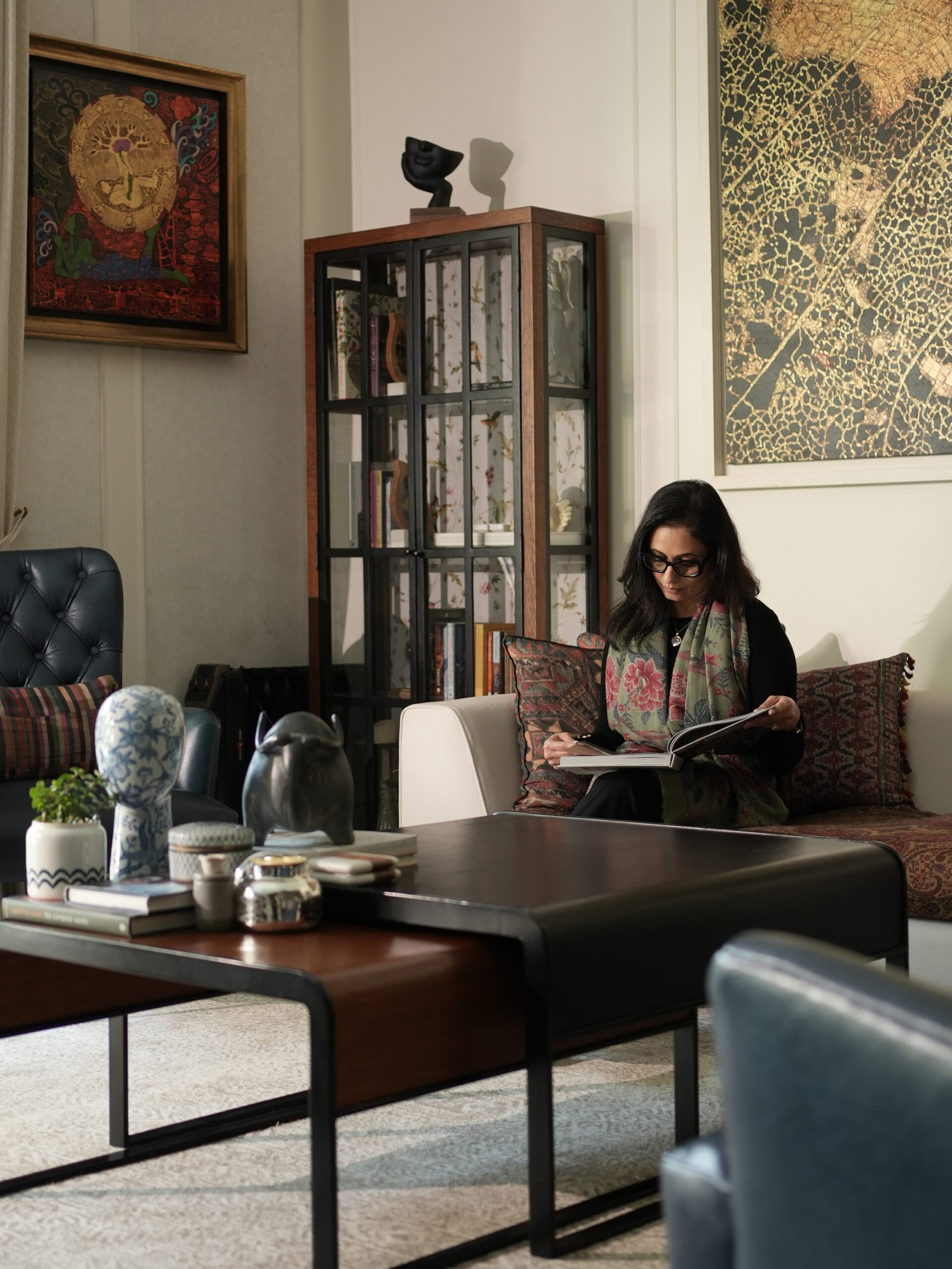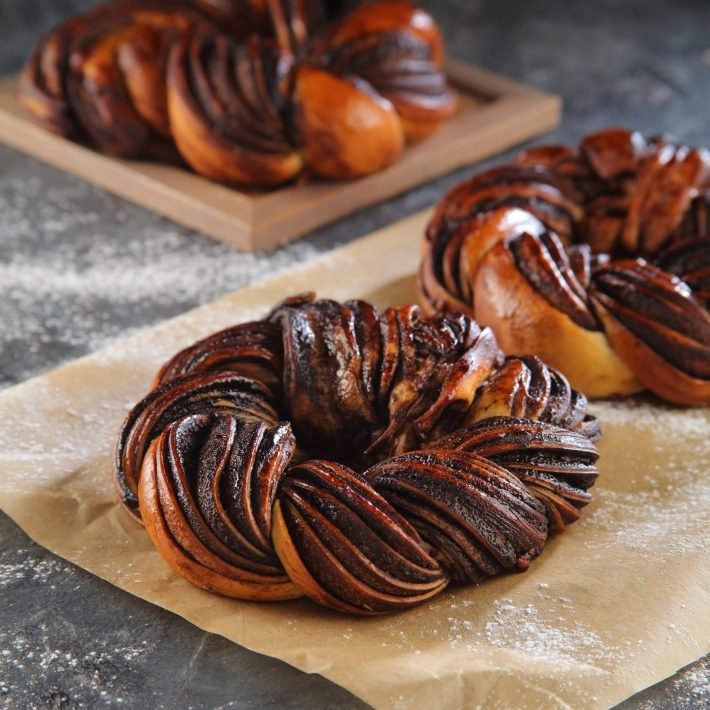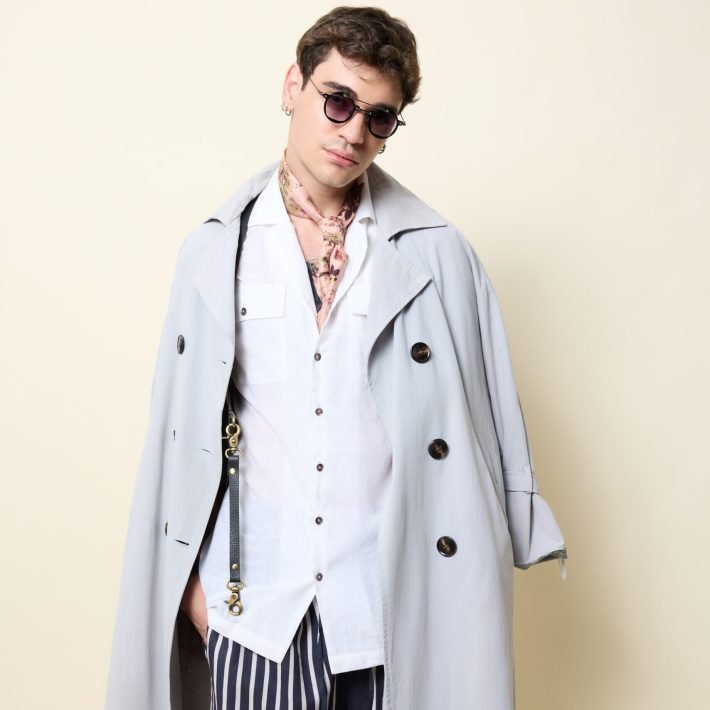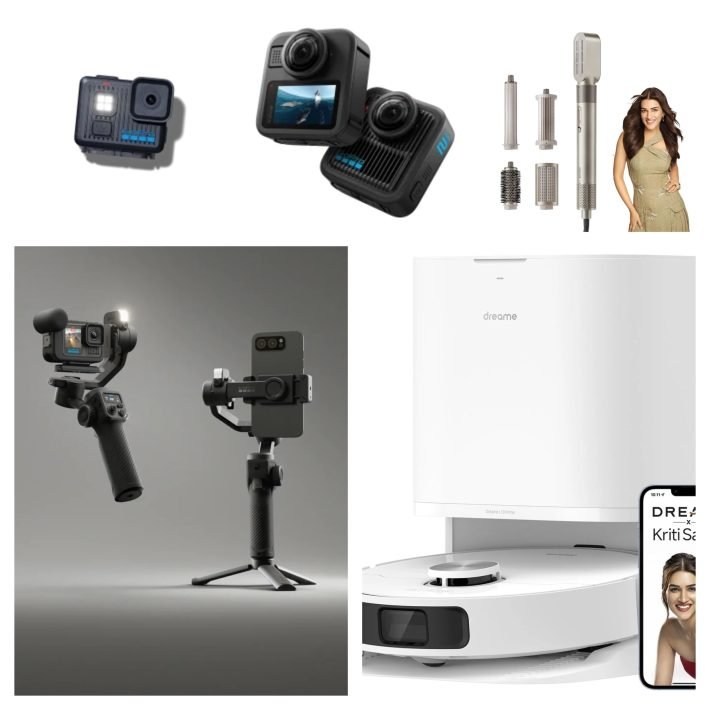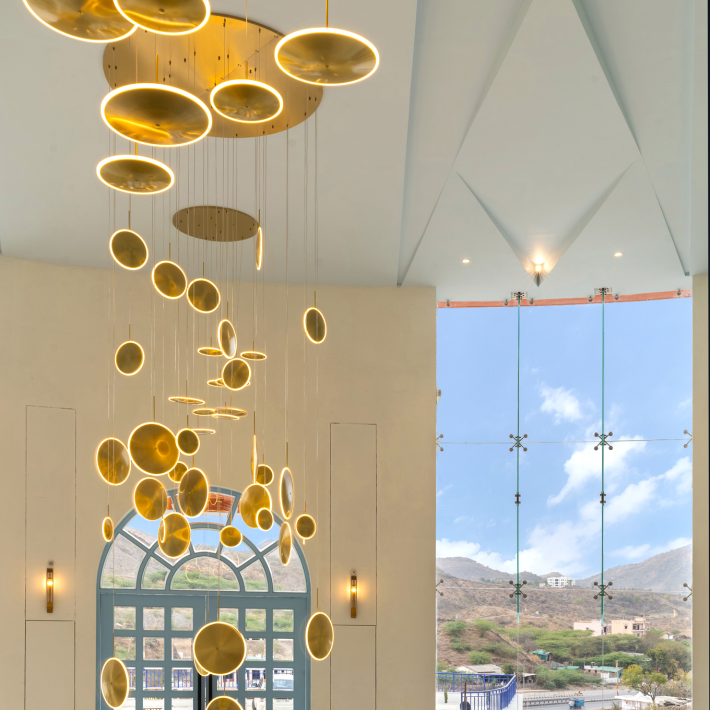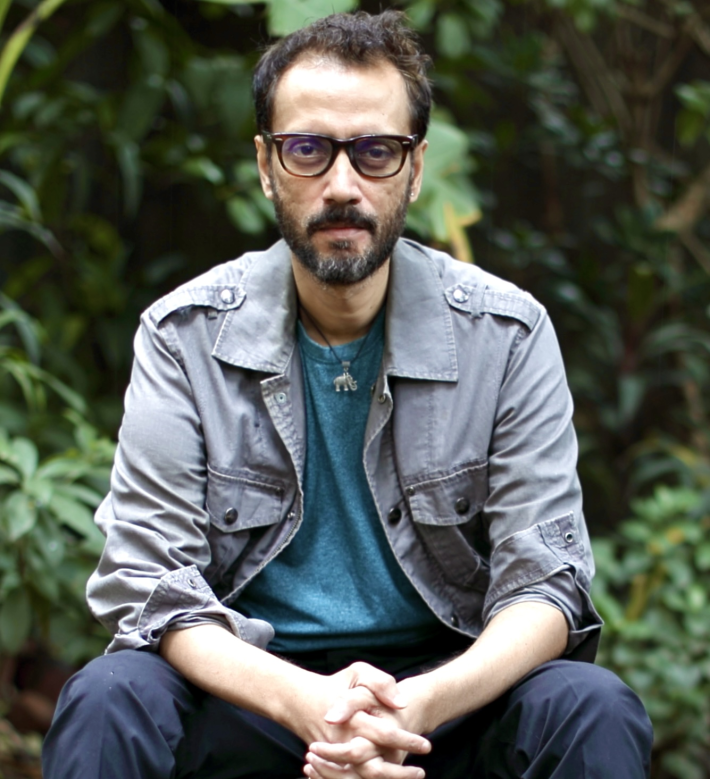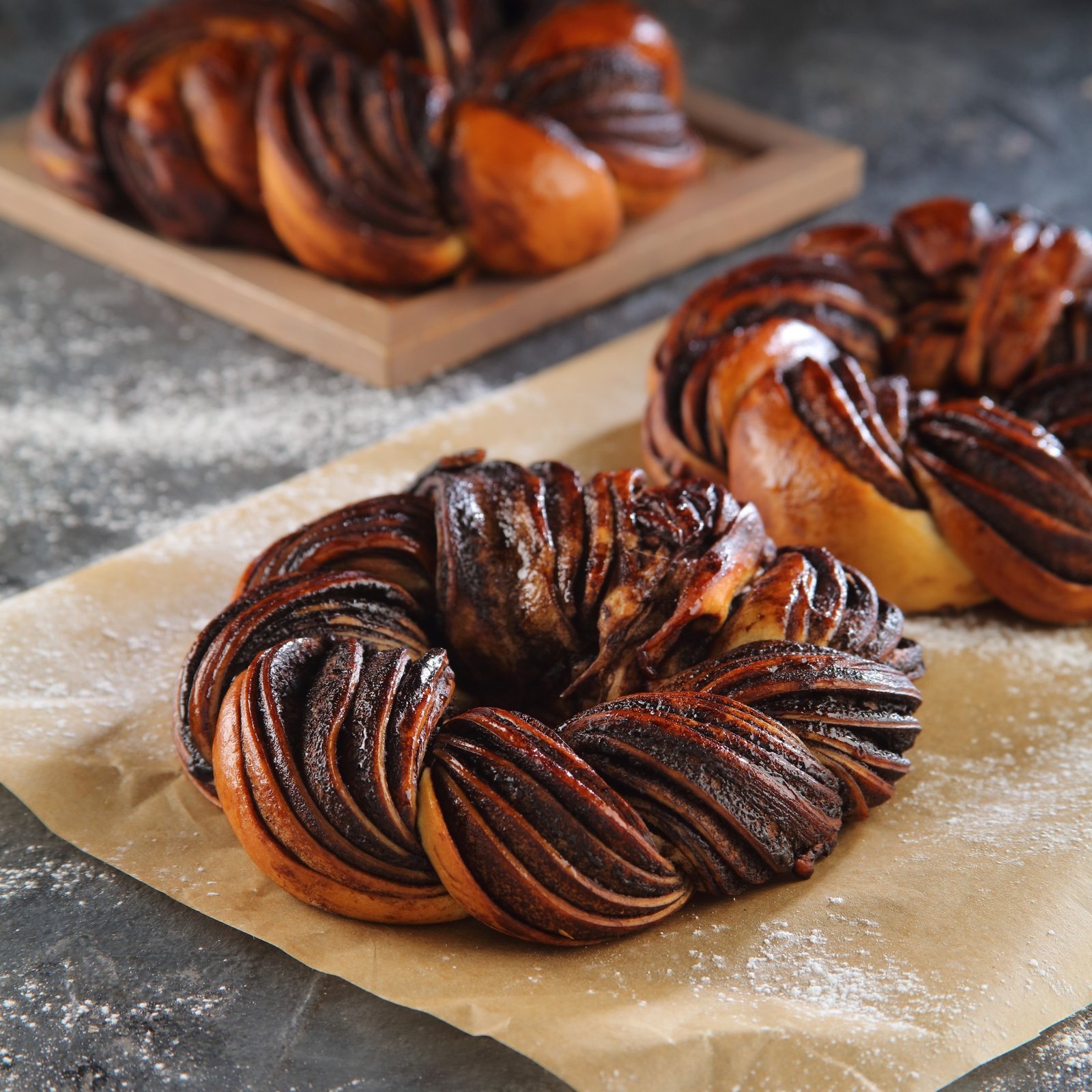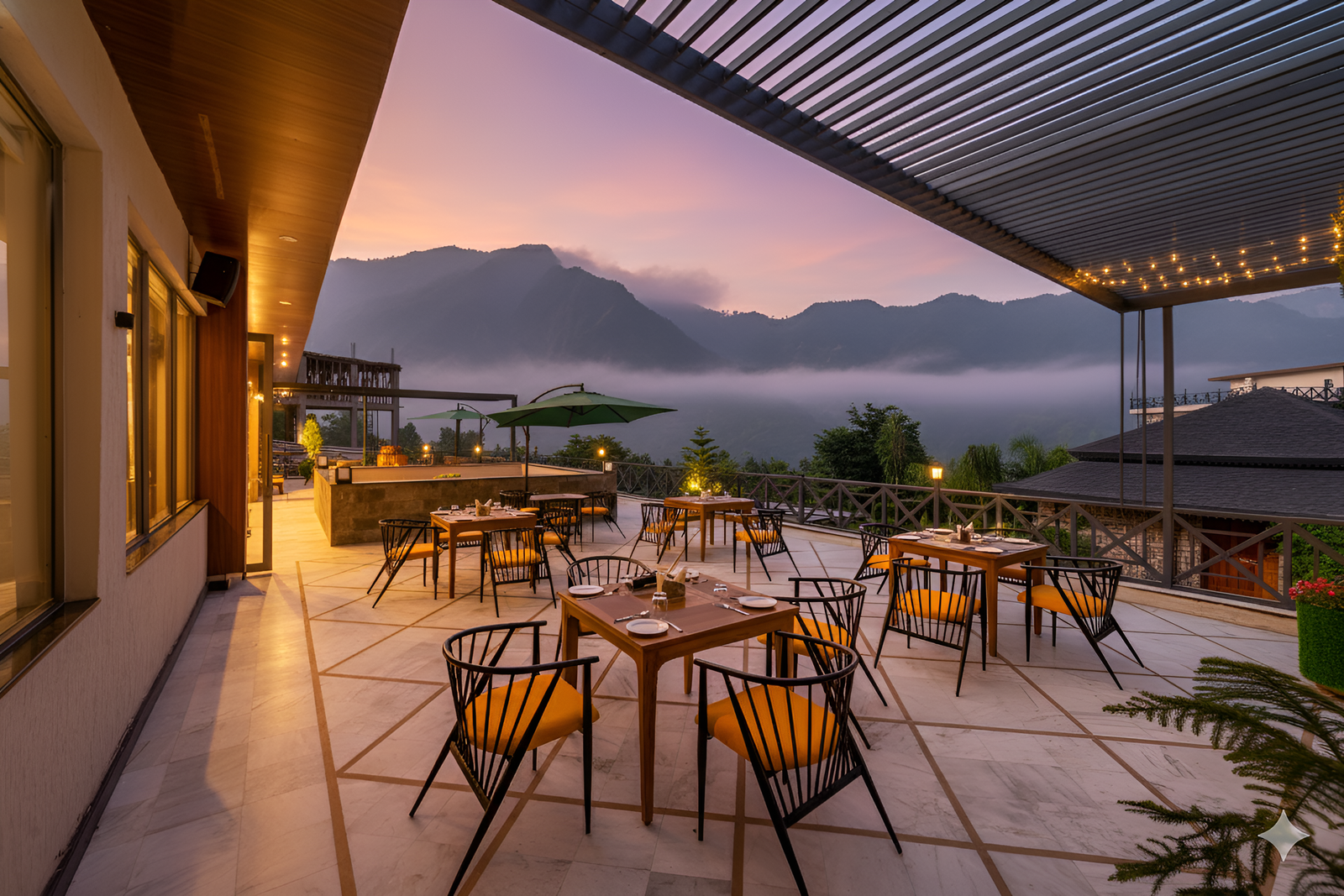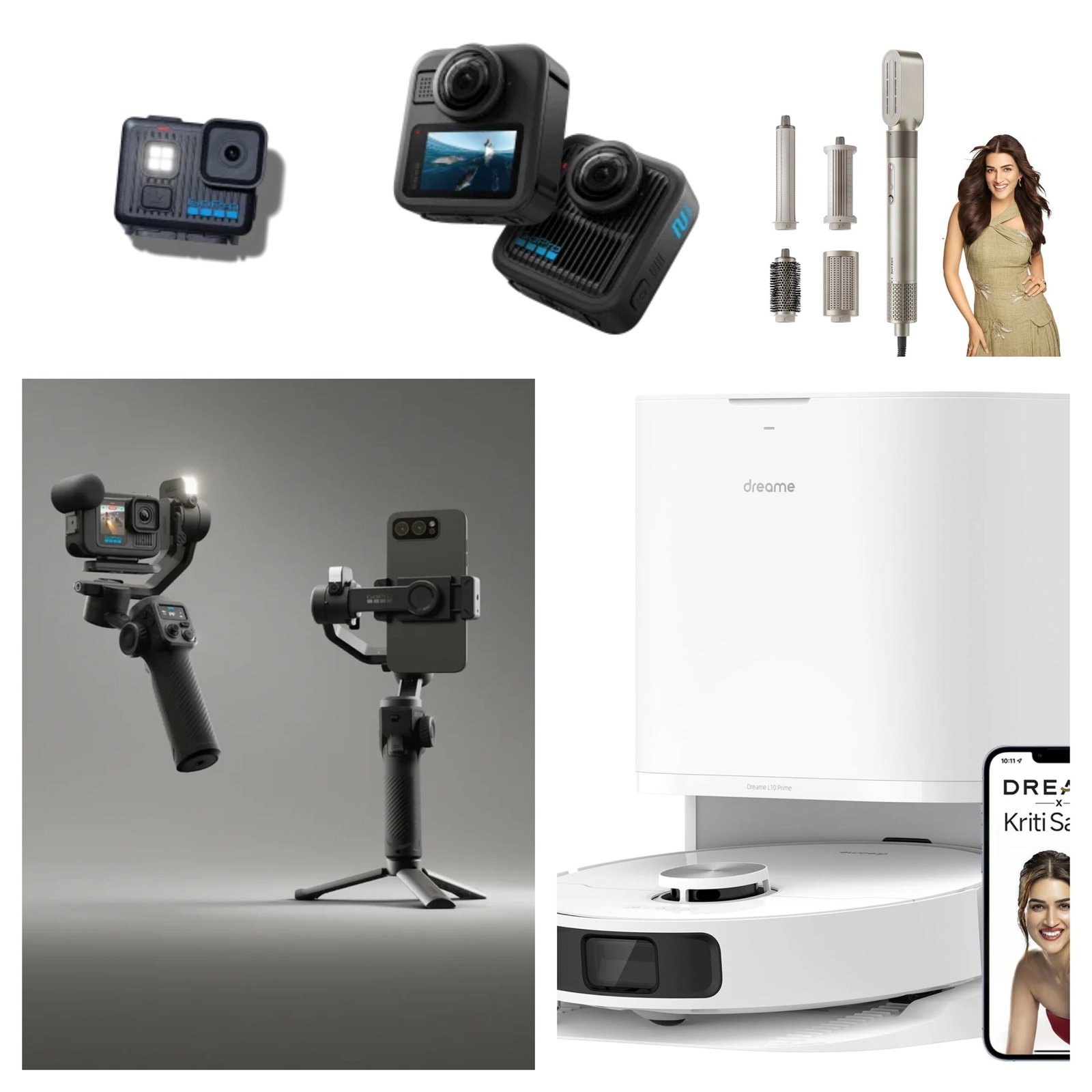In a world that often celebrates speed over stillness, polish over presence, and trends over truth, Anubha Laroiya Aneja, Founder, HōmAnAn, doesn’t just design homes, she choreographs a magical symphony of emotion, memory, and meaning into every space she touches.
With a multifaceted journey that spans branding, entrepreneurship, styling, and an inspiring battle with cancer, Anubha‘s story is one of soulful reinvention. Through HōmAnAn, she has created a design language that is instinctive, layered, and deeply personal, where a teacup, a linen fold, or the shadow of a vintage jhoola become storytelling devices. Her signature lies not in perfection but in presence.
Having worked with top real estate brands and built a formidable reputation with her firm Toggle Interactive, Anubha now brings the same strategic clarity and creative empathy to interiors that feel as lived-in as they are luxurious. Indeed, she bridges global design vocabulary with indigenous craft, creating sanctuaries that hold space for beauty, stillness, and reflection.
In this exclusive conversation with Sumita Chakraborty, Editor-in-Chief, TheGlitz, Anubha Laroiya Aneja opens up about foundering HōmAnAn, her philosophy, her resilience, and her quiet rebellion against the transactional, offering a poignant reminder that the boldest kind of design doesn’t shout, it whispers.
Over To Anubha Laroiya Aneja, Founder, HōmAnAn

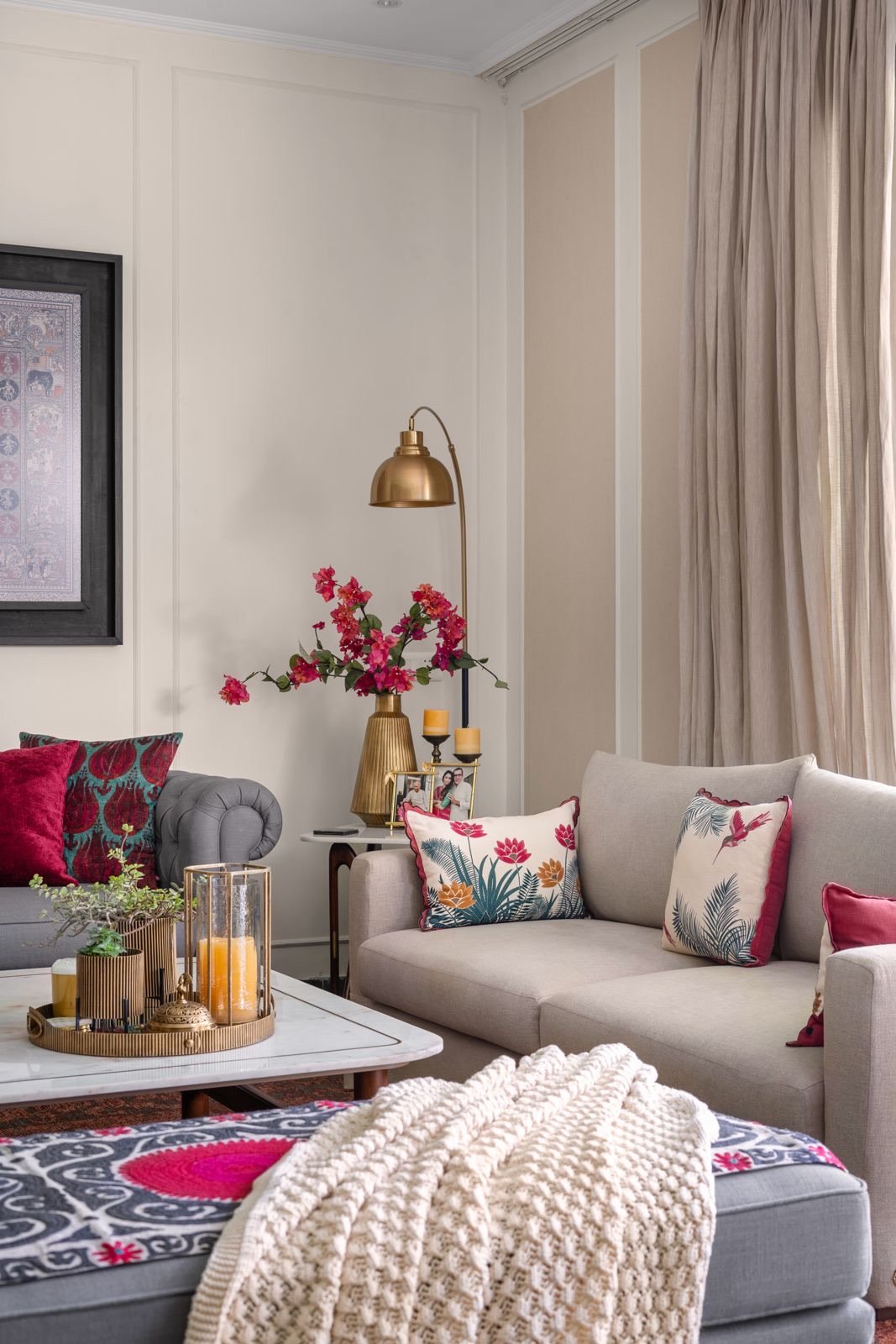
Your journey spans branding, interior styling, and entrepreneurship and now, with HōmAnAn, you’re curating deeply personal spatial experiences. What inspired the shift from strategy-led consulting to emotion-driven design?
Anubha: In truth, it was never a shift, it was a return. Branding always had a pulse for me, the heartbeat of a story waiting to be told. But somewhere between deadlines and deliverables, I yearned for a space where stories could breathe. HōmAnAn was born from that longing. I wanted to move beyond the narrative on paper and step into a home where every texture, every object, every silence carried meaning. It’s less a career pivot, more a soul-led continuum—from telling stories to curating how they feel.
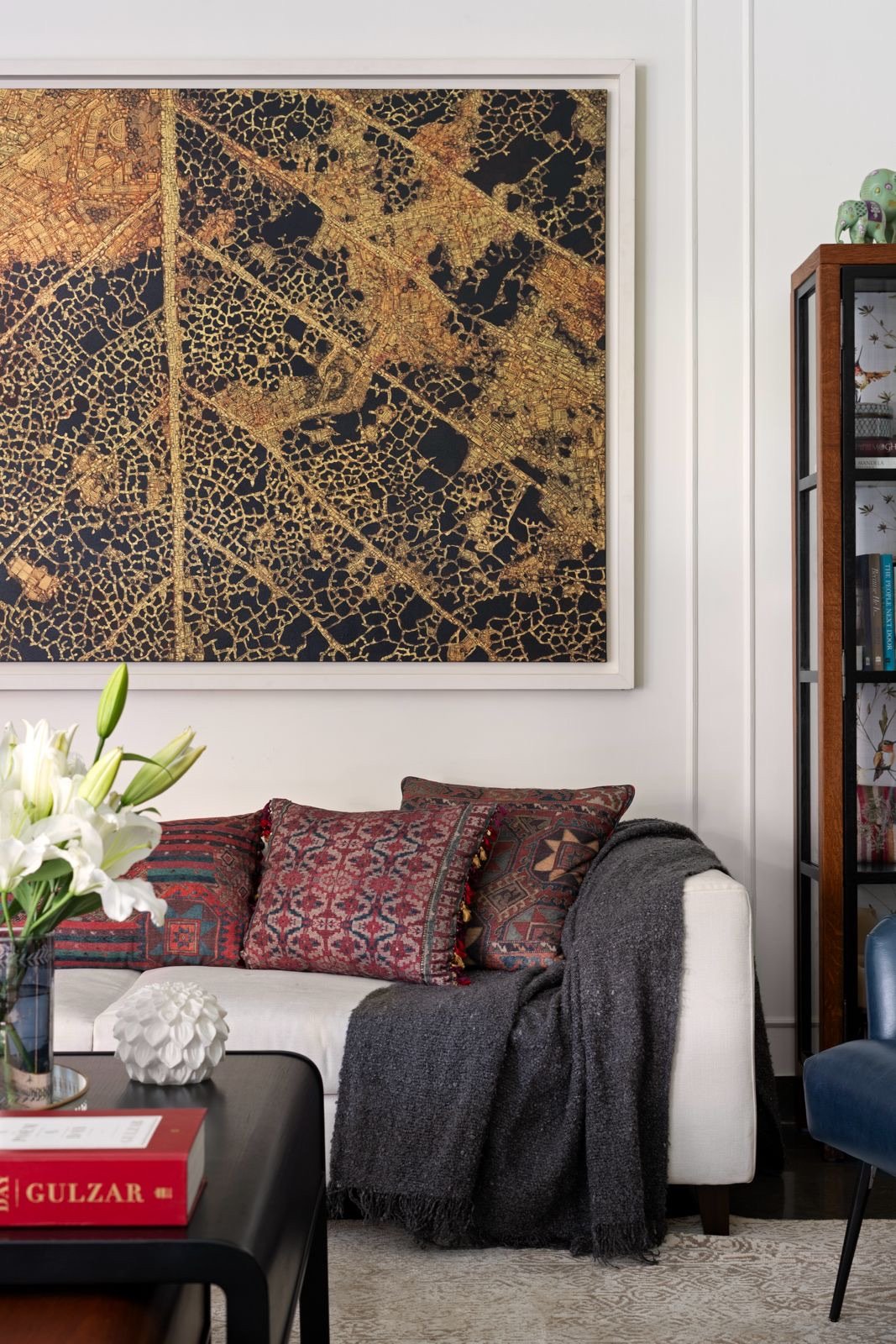
Through HōmAnAn, you’ve redefined the idea of a retail interior showcase. What does it take to create a space that not only looks aspirational but also feels lived-in, emotional, and real?
Anubha: You start with life, not design. A teacup on the edge of a book, creases in linen, a rustle of jamun silk against an antique jhoola—these are the invisible signatures of realness. At HōmAnAn, we don’t style to impress, we style to express. We imagine residents before furniture, rituals before decor. It’s about evoking feeling, not finishing. When brands are woven into that tapestry—not placed, but placed with purpose—that’s when a showcase becomes a soulspace.
HōmAnAn stands out for its belief that spaces carry energy and expression. How do you translate that belief into design choices… from materiality to layout to narrative styling?
Anubha: At HōmAnAn, we treat every space as a living, breathing entity—one that holds memory, movement, and meaning. Design begins not with a moodboard, but with a moment: How should this corner feel at sunrise? What emotion should linger after a guest walks through this hallway?
Material choices are led by instinct—linen that breathes, clay that grounds, wood that holds stories in its grain. Layouts are not blueprints; they’re story arcs. We create silence between elements, letting pieces speak to each other. A rug isn’t placed, it arrives. A mirror isn’t hung, it reflects lineage. Every decision is guided by energy flow, by the desire to choreograph a feeling, not just a visual. At its heart, styling at HōmAnAn is not decoration—it’s interpretation.
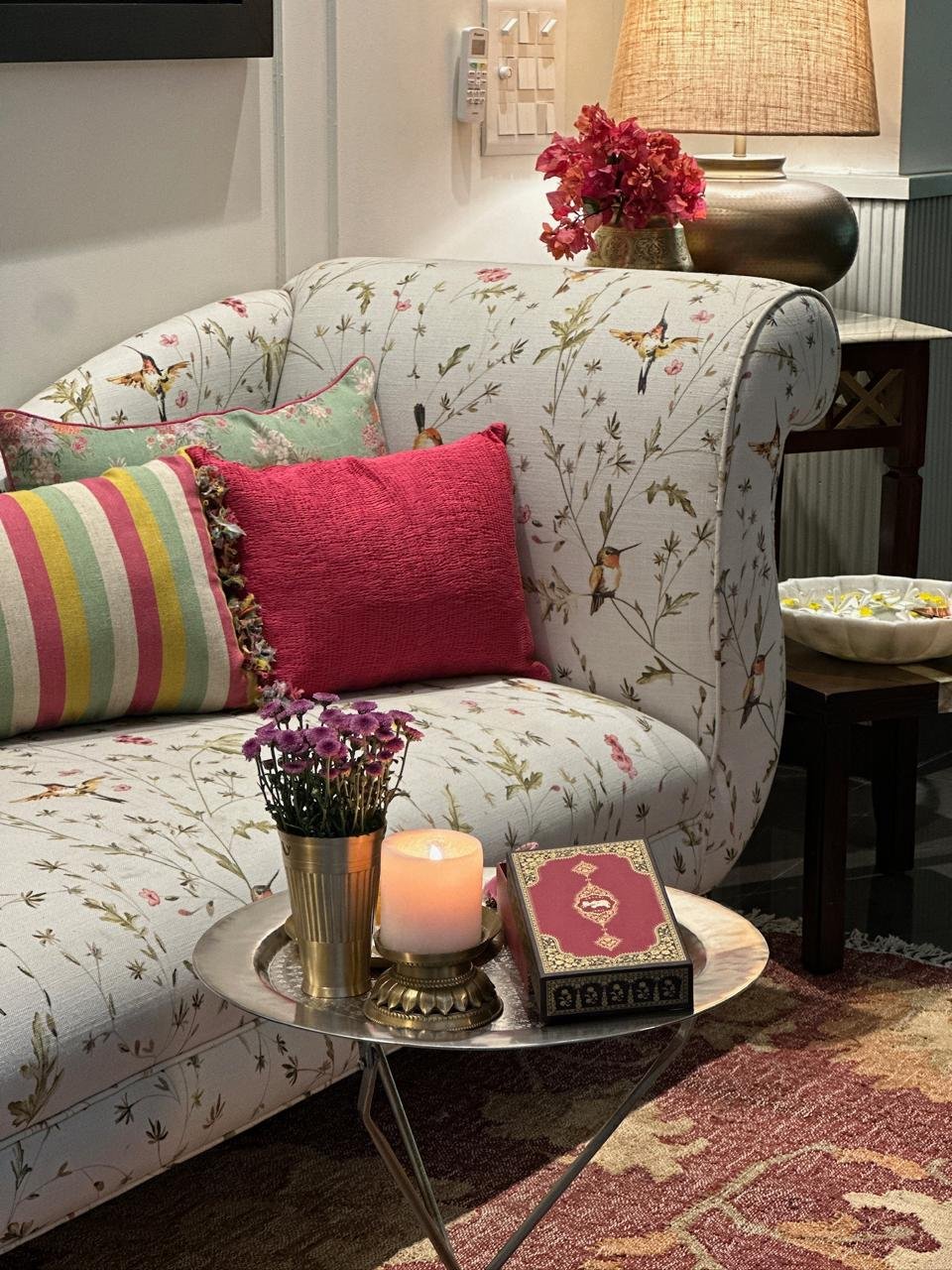
Having worked with major real estate brands like Suncity, Vipul Infratech, The 3C Company, Lotus Greens, and Paras Buildtech, how do you strike a balance between aesthetic innovation and commercial appeal in branding?
Anubha: A brand without soul is just packaging. But a brand without structure is just chaos. I’ve always tried to find that sacred middle—where aesthetics delight, but never disconnect; where innovation serves, not just dazzles.
Real estate taught me scale and systems; styling brought in scent and softness. Together, they now meet at HōmAnAn—a hybrid of emotion and enterprise.
As a cancer warrior, your personal resilience clearly marks your creative ethos. How has your battle with cancer reshaped the way you approach design, space-making, and entrepreneurship?
Surviving cancer gave me the courage to unlearn. To question the aesthetic benchmarks I once swore by—the allure of perfection, symmetry, the pressure to impress. Illness taught me that life doesn’t unfold in straight lines or spotless corners. It ebbs and flows, it crumbles and rebuilds. I began to see beauty in the pause, the quiet, the rawness.
I stopped chasing flawless spaces. I started curating honest ones. A crumpled linen curtain that catches the 4 p.m. light just right. A chair that remembers the weight of your body. A lamp that glows like an old memory. These aren’t stylistic choices—they’re emotional truths.
Entrepreneurship, too, became more human. I no longer build to scale; I build to serve. I seek collaborations that echo the same rhythm—brands that value intention over impression, artisans who weave meaning into material.
HōmAnAn was born from this shift. It’s a home that breathes, that listens, that invites you to be — not perform. Every room is a quiet offering. A soft rebellion against the fast, loud, and transactional. It’s not a showroom. It’s a sanctuary. A space that lets you come home—not just to a place, but to yourself.
Toggle Interactive’s success across industries, from hospitality to fashion to defence, is a testament to your branding adaptability. What core principle anchors your brand strategies across such varied sectors?
Anubha: Empathy. No matter the industry, I begin with the human behind the brand—what they feel, fear, desire. From there, strategy becomes storytelling. You can’t design a uniform voice—you have to find the emotional signature of each brand. Whether it’s a defence brief or a boutique fashion label, my approach is always: listen first, layer later.
As someone who champions both global design excellence and indigenous craft, how important is cultural storytelling in your styling process? Can you share a project where this fusion stood out?
Anubha: Cultural storytelling isn’t just a design layer—it’s the undercurrent that shapes how a space feels, speaks, and stays with you. I don’t view global aesthetics and indigenous craft as opposites; to me, they’re partners in creating spaces that are both timeless and intimate.
A recent project—a contemporary farmhouse in Delhi—beautifully brought this philosophy to life. The architecture followed a clean, minimal language: straight lines, natural light, and restrained palettes. But within that calm canvas, we wove stories through mid-century modern furniture and curated art that drew from India’s diverse spiritual traditions. Subtle choices of brass decor pieces, of soft furnishings, or the placement of artworks that invite reflection—allowed the home to feel both rooted and relevant.
It’s in this delicate layering where storytelling unfolds—not loudly, but in quiet detail. Design becomes less about matching styles and more about honouring sensibilities. That’s when a home begins to feel not just beautiful, but meaningful.
Your work has been featured in major media and industry platforms. What message do you hope your journey sends to young women entrepreneurs and creative professionals navigating complex career paths?
Anubha:That your story—with every detour, dilemma, and dream—is your superpower. That softness is not a contradiction to strength, but a dimension of it. That every pause isn’t a step back, but a moment to recalibrate, to breathe before the leap.
You can rebuild at 40, restart at 50, reinvent your voice entirely—and still lead with clarity and conviction. You don’t have to shrink to fit the room. Build your own. Fill it with your truth, your scars, your brilliance.
Perfection is overrated. Presence is everything. Reinvention isn’t failure—it’s fuel. Change lanes. Burn the rulebook. Pause without apology. Rise with purpose.
You can carry softness like a sword. You can be quiet and still be unforgettable. Vulnerable and still visionary. Let your voice be the strategy. Let your story be the brand. Because the boldest thing you can ever be—is fully, fiercely, yourself.
